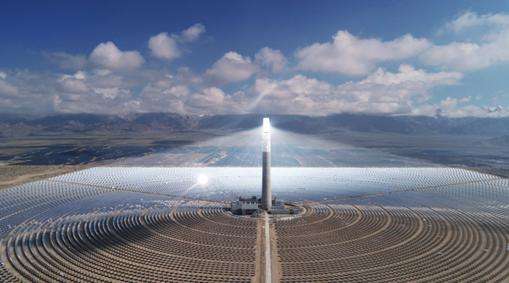China's polysilicon production increases year by year
According to data from the China Photovoltaic Industry Association, China's polysilicon production continued to increase from 2015 to 2021. In 2021, China's polysilicon production will Reach 505,000 tons, a year-on-year increase of 28.8%. In the first half of 2022, China's polysilicon production was around 365,000 tons.
At the 2022 Photovoltaic Industry Chain Supply Forum, Yan Dazhou, director of the National Engineering Laboratory for Polysilicon Material Preparation Technology, said that it is expected that domestic polysilicon will produce 730,000 tons of self-produced polysilicon in 2022. and import about 100,000 tons, with a total supply of 830,000 tons of polysilicon (including electronic grade).
Chinese polysil productionicium accounts for nearly 80% of the global total.
From 2015 to 2021, the share of Chinese polysilicon production in global production has increased year by year. per year. In 2015, China accounted for 47.83% of global polysilicon production, which increased to 78.66% in 2021, taking the absolute lead globally.
China's solar cell production has increased rapidly
Since 2011, the scale of solar cell production in China has increased steadily. According to statistics from the China Photovoltaic Association, China's cell production in 2021 will be 198 GW, an increase of 46.9% from 135 GW in 2020. In the first half of 2022, the national production of cells will be around 135.5 GW, an increase of 46.6% year-on-year.
China's solar cell production accounts for nearly 90% of the world's total.
From 2015 to 2021, the global share of China's solar cell production has increased year by year. year. In 2015, China's solar cell production accounted for 66.62% of the world's total, and this figure increased to 88.43% in 2021. China's production scale occupies the only leading position in the world.
The production scale of photovoltaic modules in China continues to grow
A single solar cell cannot be used directly as a power source. To use one energy source, several. cells must be connected in series or parallel and components hermetically sealed. Solar cell components (also called solar panels) are the essential part of the solar power generation system and the most important part of the solar power generation system.
Promoted by the growth in global photovoltaic demand, national companiesOnales continued to increase investment and technological innovation in components over the past 10 years, production costs continued to decline and the degree of decline. automation and digitalization have continued to grow. According to statistics from the China Photovoltaic Association, China's module output will reach 182 GW in 2021, an increase of 46.1% year-on-year, dominated by crystalline silicon modules. In the first half of 2022, domestic module production reached 123.6 GW, a year-on-year increase of 54.1%.
China's production of photovoltaic modules accounts for more than 80% of the global share
According to CPIA statistics, from 2015 to 2021, production Chinese photovoltaic modules accounted for the global share, showing a fluctuating upward trend. In 2021, global production of photovoltaic modules will reach220.8 GW, of which 82.43% will be allocated to China.
For more detailed research and analysis of this industry, please refer to the "Report on Demand Analysis and Strategic Investment Planning in China's Photovoltaic Power Generation Industry" by l 'Qianzhan Industrial Research Institute.













